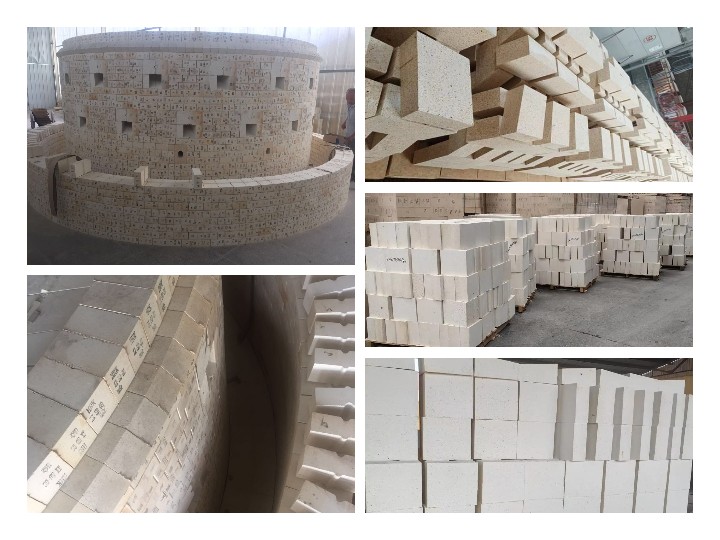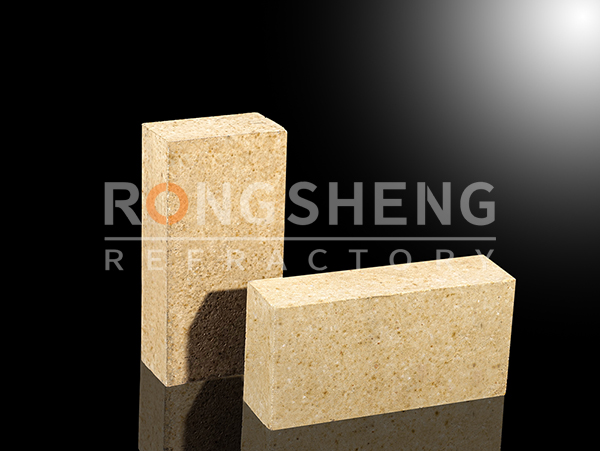Comparative Performance Analysis of Gunning Refractories vs. Traditional Refractory Materials
2024/11/27
Special report
Explore the advantages and disadvantages of gunning refractories in comparison to traditional refractory materials, focusing on their comprehensive performance, thermal resistance, and suitability for various industrial applications.
Introduction
In the world of industrial materials, choosing the right refractory product is crucial for maximizing performance and reducing maintenance costs. This article delves into the comparative performance analysis of gunning refractories versus traditional refractory materials, highlighting their strengths and weaknesses.
Advantages of Gunning Refractories
Gunning refractories have gained popularity due to their ease of application and superior properties. Here are some of their key advantages:
- Rapid Application: Gunning can be applied quickly and efficiently, making it ideal for repairs and maintenance.
- Better Thermal Resistance: Gunning refractories often display higher thermal resistance compared to traditional materials, ensuring better performance in extreme heat environments.
- Reduced Waste: The gunning process allows for less material waste, contributing to cost savings in the long run.
Disadvantages of Gunning Refractories
While gunning refractories offer numerous benefits, they are not without their downsides:
- Initial Cost: The upfront cost can be higher than that of traditional refractory materials.
- Skill Requirement: Proper application requires skilled labor to ensure optimal performance.
Traditional Refractory Materials Overview
Traditional refractory materials continue to be widely used in various industries. Some notable features include:
- Proven Performance: Many traditional materials have a long history of use and have proven reliability.
- Lower Initial Costs: Generally, traditional refractories may have lower costs than gunning refractories, making them an attractive option for budget-conscious projects.
Conclusion
In conclusion, the choice between gunning refractories and traditional refractory materials ultimately depends on specific application needs, budget constraints, and performance expectations. Each material has its unique set of advantages and disadvantages. Understanding these can assist manufacturers and engineers in making informed decisions that enhance operational efficiency and sustainability.
.jpg)


